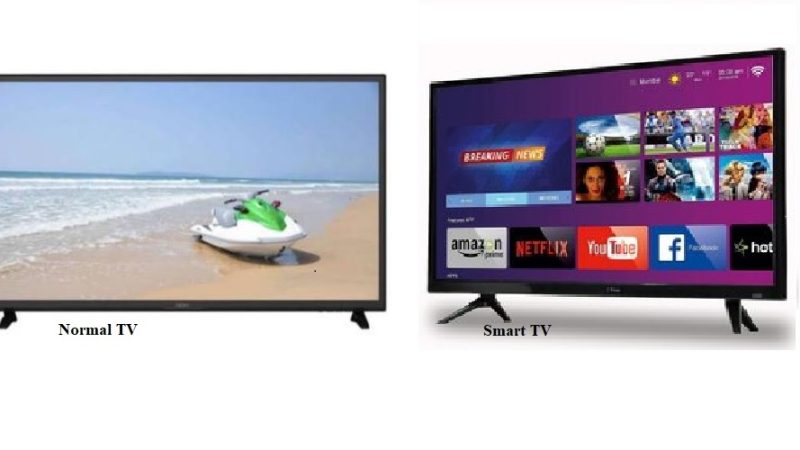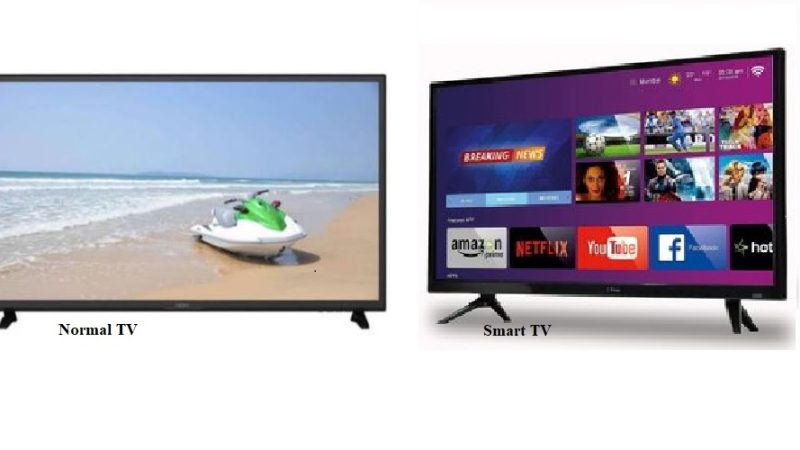Low-Voltage Equipment Safety Tips

Using low-voltage equipment can be a great way to save energy and money in your home. However, there are some precautions you should take when using this type of electrical system.
Structured cabling
Whether you are building a new home or upgrading your current one, you need to consider structured cabling. This type of wiring provides reliable access to network and Internet technologies. It is also required for security systems. Structured cabling allows for more flexible and reliable management of data, which reduces maintenance costs.
A good wiring contractor will help you create an infrastructure that will keep up with your modern home’s needs. They should also ensure that your system is safe and organized. They should also build the system to handle additional upgrades in the future.
When installing a structured cabling system, it’s important to choose the right type of cable. Typical cable types used in the home are coaxial cables, which are the most common solar inverters. Fiber optic cables are used for longer runs.
Structured cabling system
Structured cabling also includes patch panels. It is important that the cable runs at least one foot away from the electrical wires in your home. It is also important to ensure that the wires are installed at a 90-degree angle.
Structured cabling also supports video and voice systems. Low-voltage wiring is essential for security systems. It provides a secure path for video cameras and other sensors. It is also used in Smart doorbells.
You should work with a company that specializes in low voltage wiring. These companies will ensure that the wires are safe and adhere to the standards of the industry. They also know how to terminate cables and will test the cables for performance. They can also provide power to your devices.
Low voltage wiring is a key foundation of your network. It is used to run cable television, phone systems, and more. It is also necessary to provide power to motion sensors and other vital systems.
Low voltage wiring is a complex system. It must be installed with proper ventilation and HVAC systems, as well as a clean environment. This must be built in parallel with the rest of the cabling in your home. It should also be installed with proper lighting and security.
Structured cabling for low voltage systems is essential to connect devices to a central hub, providing dedicated bandwidth and minimal interference. This system also reduces maintenance costs and provides optimum infrastructure for business communication.
LED lighting
Using LED lighting for low-voltage applications has many benefits. These include energy efficiency, a longer life, and better aesthetics. In addition, LEDs use much less power than compact fluorescents and incandescent bulbs.
Using LEDs for low-voltage applications can save you money on both installation and maintenance. The LEDs are also more durable. They can last for up to three times longer than fluorescent tubes. This is especially beneficial if you plan on using them outdoors. Besides, LEDs can be cool to the touch.
Unlike fluorescent bulbs, LED lights are not mercury based, so they do not produce the same amount of heat. This allows the LEDs to produce a light that is consistent in beam angle and color.
LEDs have become the standard in the lighting industry. They offer a variety of color temperatures and white light options. The LED lights are also energy efficient, consuming only 10 percent of the energy used by compact fluorescents.
Best features of LEDs
One of the best features of LEDs is the fact that they can be used on many different types of light bulbs. LEDs are suitable for display lighting, underwater spotlights, and fountains.
Although LEDs are energy efficient, they also have their drawbacks. For example, they are not always bright enough to be used for outdoor lighting. They also tend to be expensive. If you’re a frequent user, you may be able to make up for this initial cost over time. Using LEDs for low-voltage lighting also requires that you know how to install the light correctly.
In general, LED lights have more of a monetary value than other light sources. For example, a low voltage LED light that uses 50 Watts of power requires less energy than a line voltage lamp.
The LED lighting for low-voltage application may be just the right lighting solution for your home or business. Using LEDs for low-voltage installations can save you a lot of money in maintenance costs, repair costs, and energy consumption. In addition, the LED lights are bright enough to produce the same amount of light as a line voltage lamp.
LEDs can also be used in conjunction with other lighting systems. You may want to consider a central power supply.
Energy savings
Using low voltage energy savings can be a way to save money on energy, labor costs, and replacement bulbs. However, this approach is not always obvious.
Low voltage is also advantageous because of its aesthetic design. In addition to its safer operation, low voltage systems also offer a variety of lighting fixtures that are not available on a line voltage system. Using low voltage bulbs may also result in higher light output.
A line voltage system, also known as a LV system, uses electricity directly through a junction box and electrical panel. It uses less time and has fewer upfront costs. This type of system is often used to light large areas and can also be useful for installing a large number of light fixtures on a single circuit.
Line voltage systems are also advantageous for large light fixtures. They do not require a driver and can also be installed remotely. The disadvantage of these systems is the voltage drop. This can cause equipment to overheat. They also do not have the capacity to serve smaller areas.
LED lighting technology
However, with the advent of LED lighting technology, some of the concepts used to calculate savings have changed. For example, modern installations are likely to have variable speed drives and motors that are more energy efficient. They also are more likely to have partially high-frequency fluorescent lighting.
One way to calculate energy savings is to compare the total load of an existing distribution circuit with the average load during specific time intervals. This can be done using consumption data or utility and fuel supplier invoices. The data can also be compared to findings from simulation models of the distribution system.
Energy savings can also be estimated at the household level. This can be done using a regression-based approach. This approach links the energy consumption to predictor variables, such as the CVR/VVO parameter and transformer efficiency.
Another approach to calculate energy savings is to perform an energy efficiency potential study. This study provides a basis for making program decisions and prioritizing investments. The study is particularly important for grid efficiency measures, because it can be used to justify initiatives.
Safety hazard
Using low-voltage equipment is a dangerous practice that requires careful consideration. If you do not have the proper training and protective equipment, you can be injured or even killed. The following are some safety tips to help you avoid these hazards.
Before working on low-voltage equipment, workers should have a pre-job safety meeting. During the meeting, workers discuss the hazards and tasks. In addition, an attendant should be stationed to warn workers if an electrical hazard arises.
A GFCI may trip while workers are using power tools. Before using GFCIs, workers should evaluate the hazard of tripping. If the GFCI is tripped, it indicates that too much current is flowing in the circuit.
In addition, workers should use insulated tools and rubber gloves. They should also wear a face shield. They should also use flame-resistant cotton or wool blends to protect their skin. In addition, they should wear heavy-duty leather work shoes.
low-voltage electrical equipment
When working on low-voltage electrical equipment, the uninsulated parts of the equipment must be guarded by an approved enclosure. These enclosures must be accessible only by qualified workers.
To prevent accidental start-ups of low-voltage equipment, workers should lockout/tagout the equipment. These procedures ensure that no one turns on the equipment while workers are working on it. The procedures also prevent unexpected energy releases.
When working on energized low-voltage equipment, workers should wear insulated gloves and a face shield. They should also wear safety eyewear.
If a worker is injured while working on low-voltage equipment, he or she can suffer burns or other types of injuries. These injuries can include internal or external burns. Besides causing burns, electricity can also cause electrocution. This can result in internal injuries or heart attacks.
In addition, electricity can cause explosions. An explosion can be extremely dangerous. It can destroy equipment and throw workers across a room. It can also vaporize liquids and hurl objects at other workers.
There are many other hazards associated with low-voltage electricity. These hazards are usually overlooked and can be extremely dangerous. To ensure that workers are safe, they should understand the proper use of protective equipment and make plans for each task.






